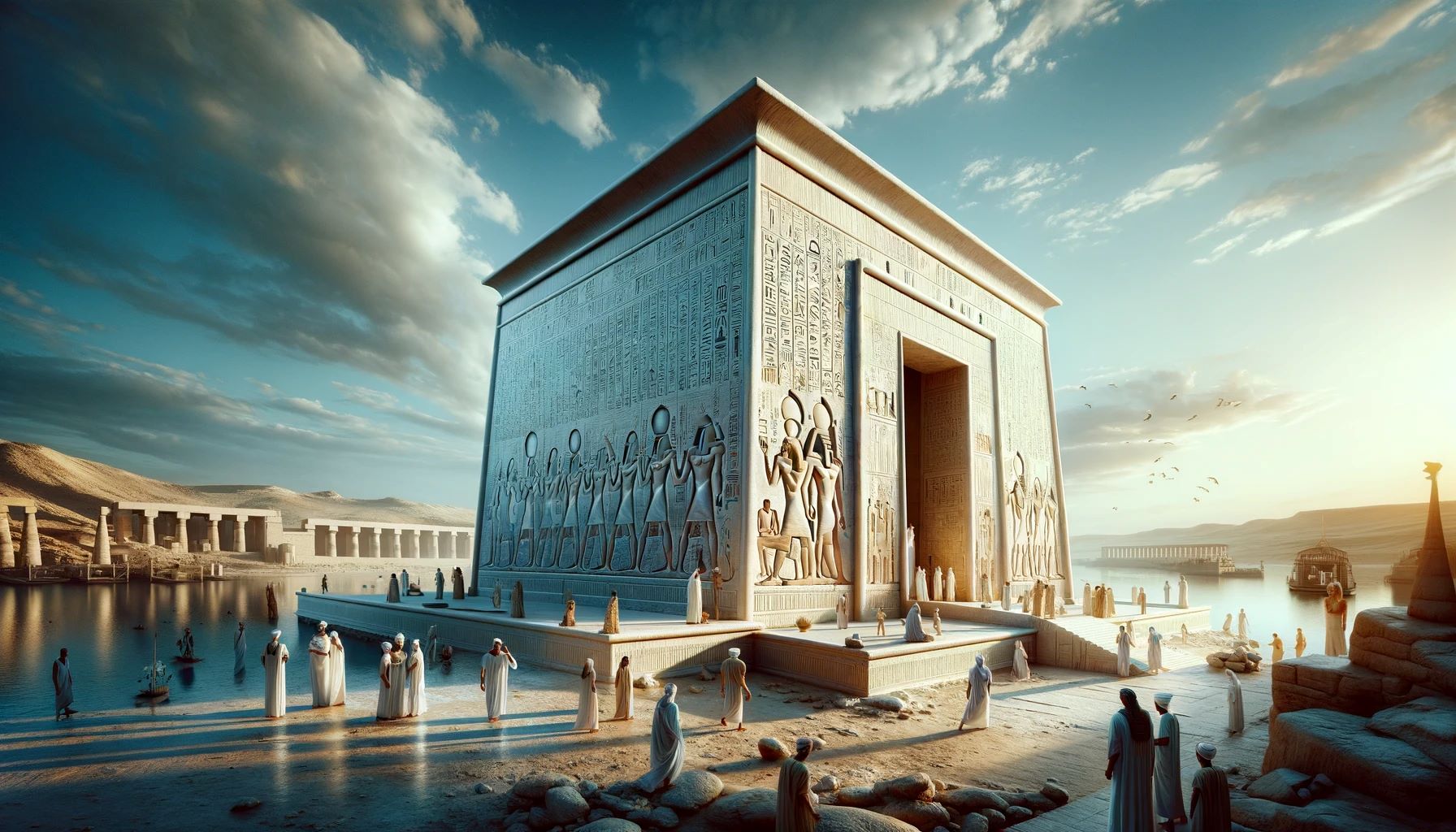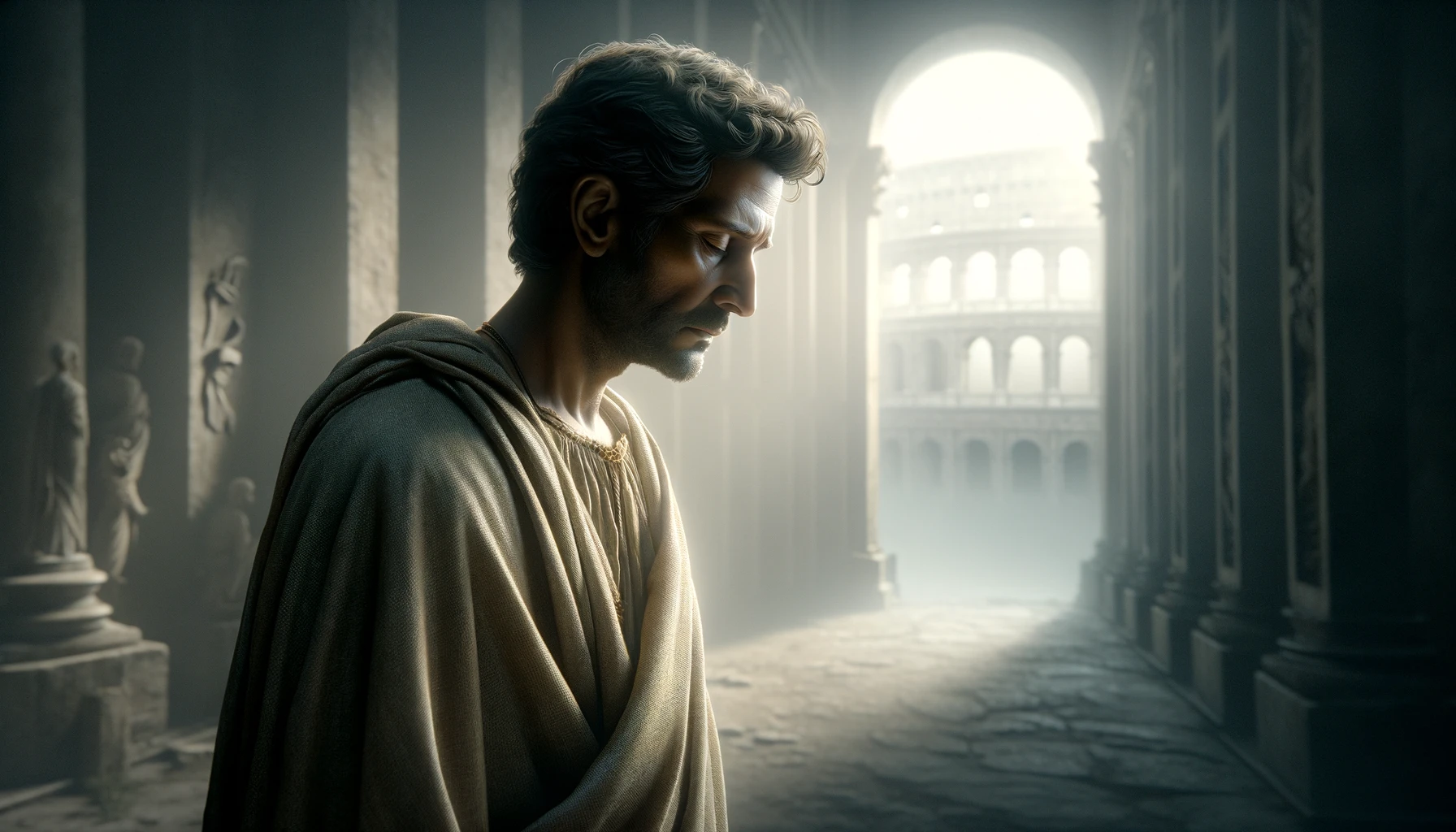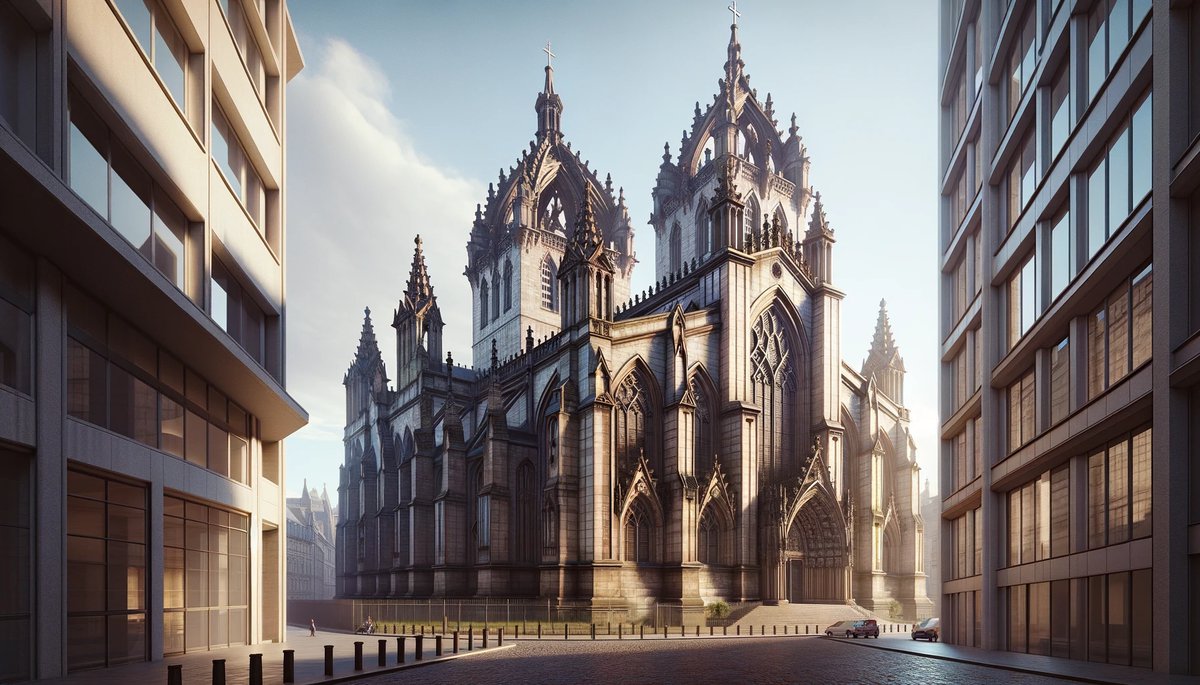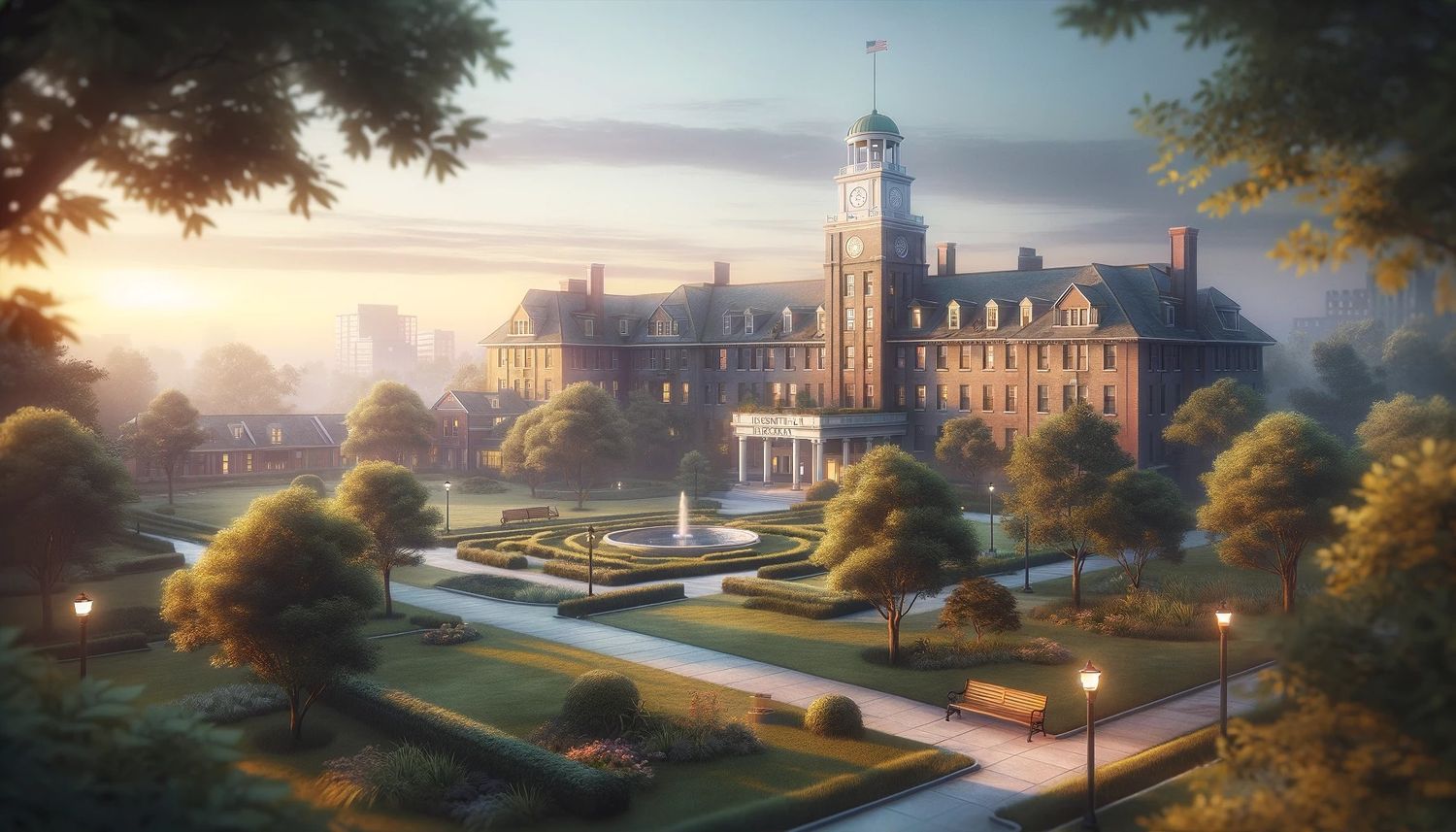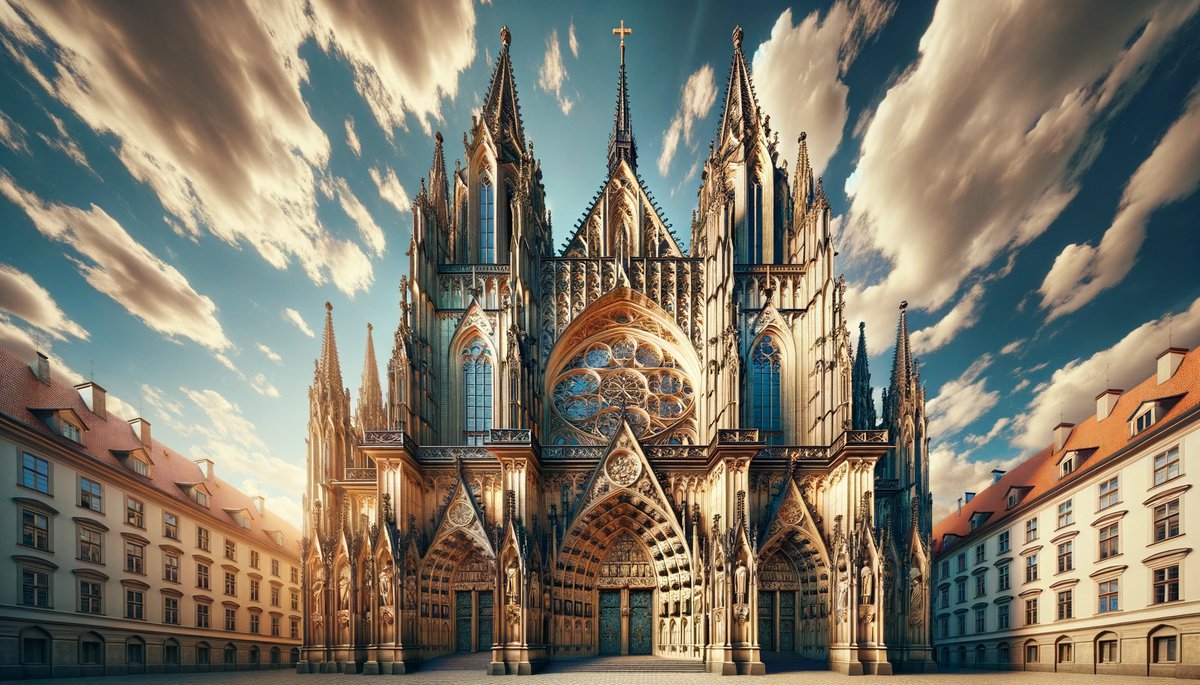Home>Arts and Culture>How Old Is Duke Chapel
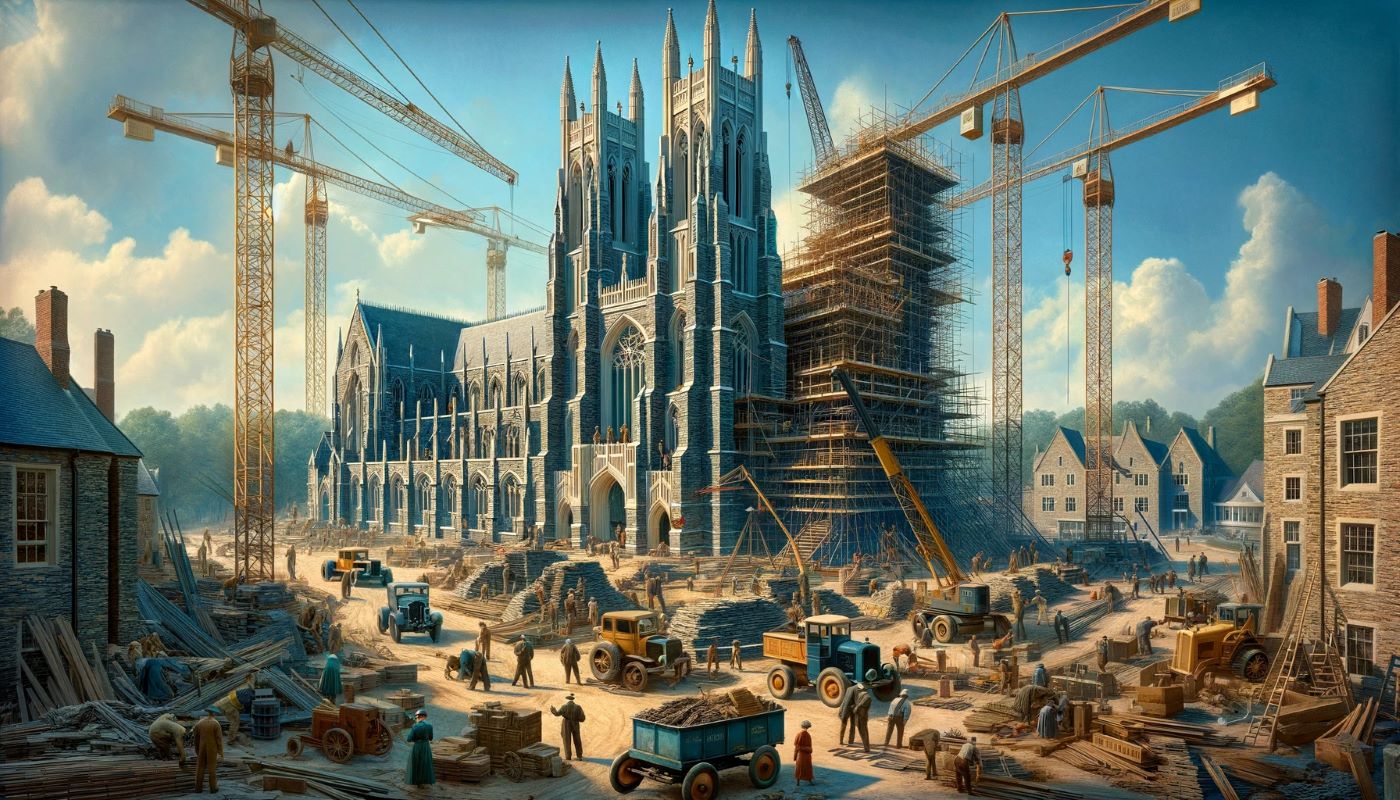

Arts and Culture
How Old Is Duke Chapel
Published: March 4, 2024
Peter Smith, Editorial Director at Christian.net, combines deep insights into faith, politics, and culture to lead content creation that resonates widely. Awarded for his contributions to religious discourse, he previously headed a major organization for religious communicators, enhancing dialogue on faith's societal impacts.
Discover the rich history and architectural beauty of Duke Chapel, a renowned landmark in arts and culture. Uncover the age-old charm and significance of this iconic cultural gem.
(Many of the links in this article redirect to a specific reviewed product. Your purchase of these products through affiliate links helps to generate commission for Christian.net, at no extra cost. Learn more)
Table of Contents
History of Duke Chapel
Duke Chapel, located on the campus of Duke University in Durham, North Carolina, has a rich and storied history that dates back to the early 20th century. The idea for the construction of the chapel was conceived by James B. Duke, the university's benefactor, as a memorial to his father, Washington Duke. The chapel's construction began in 1930 and was completed in 1935, with its iconic Gothic architecture making it a standout feature of the university's landscape.
Read more: How Old Is Rosslyn Chapel
1. The Vision of James B. Duke
The vision for Duke Chapel was deeply rooted in the desire to create a place of worship and contemplation that would serve as a centerpiece for the university community. James B. Duke's vision was to establish a space that would not only cater to the spiritual needs of the campus but also stand as a symbol of the university's commitment to faith and learning.
2. Architect Julian Abele's Influence
The architectural design of Duke Chapel is credited to Julian Abele, a prominent African American architect who worked for the renowned firm of Horace Trumbauer. Abele's meticulous attention to detail and his incorporation of Gothic elements into the chapel's design have contributed to its status as a masterpiece of architectural beauty.
3. Role in University Life
Since its completion, Duke Chapel has played a central role in the religious and academic life of Duke University. It has served as a place of worship for various denominations, hosted numerous weddings and concerts, and provided a space for quiet reflection and meditation. The chapel's significance extends beyond its religious function, as it has become a symbol of the university's commitment to spiritual exploration and intellectual growth.
4. Preservation and Legacy
Over the years, Duke Chapel has undergone several preservation and restoration efforts to ensure its longevity and maintain its architectural integrity. These efforts have been crucial in safeguarding the chapel's historical and cultural significance for future generations of students, faculty, and visitors.
Duke Chapel stands as a testament to the enduring legacy of James B. Duke's vision and the architectural brilliance of Julian Abele. Its rich history, architectural grandeur, and enduring significance make it a cherished landmark not only for Duke University but also for the broader community.
Read more: What Is The Duke Chapel Made Out Of
Architectural Features of Duke Chapel
-
Gothic Revival Style: Duke Chapel is renowned for its stunning Gothic Revival architecture, characterized by its soaring spires, intricate stonework, and elaborate ornamentation. The chapel's design draws inspiration from medieval European cathedrals, with pointed arches, ribbed vaults, and flying buttresses contributing to its majestic appearance.
-
Iconic Tower: One of the most striking features of Duke Chapel is its 210-foot tower, which serves as a focal point of the structure. The tower is adorned with delicate tracery and crowned by pinnacles, adding to the vertical emphasis of the chapel's design.
-
Stained Glass Windows: The interior of Duke Chapel is adorned with a breathtaking collection of stained glass windows, depicting biblical scenes and religious motifs. These windows not only infuse the space with ethereal light but also serve as a testament to the artistry and craftsmanship of the artisans who created them.
-
Chapel Interior: The interior of Duke Chapel exudes a sense of grandeur and serenity, with its lofty ceilings, intricately carved woodwork, and ornate furnishings. The nave, transepts, and apse create a sense of spaciousness and provide an awe-inspiring setting for worship and reflection.
-
Pipe Organ: A notable feature of Duke Chapel is its magnificent pipe organ, which ranks among the largest and most impressive instruments in the world. The organ's resonant tones fill the sacred space with majestic music, enhancing the spiritual experience of those who gather within its walls.
-
Symbolism and Meaning: Every aspect of Duke Chapel's architecture is imbued with symbolism and meaning, reflecting the spiritual and theological aspirations of the university community. From the intricate carvings adorning the pews to the celestial motifs gracing the ceiling, the chapel's design serves as a visual representation of faith and devotion.
-
Timeless Elegance: The architectural features of Duke Chapel not only reflect the artistic and engineering prowess of its creators but also stand as a timeless testament to the enduring power of religious architecture. The chapel's design transcends temporal boundaries, captivating visitors with its timeless elegance and spiritual significance.
Duke Chapel's architectural features combine to create a space that is not only visually stunning but also spiritually uplifting, making it a cherished landmark and a source of inspiration for all who encounter its grandeur.
Renovations and Restorations of Duke Chapel
-
Preservation Efforts: Over the years, Duke Chapel has undergone several significant renovations and restoration projects aimed at preserving its architectural splendor and historical significance. These efforts have included meticulous restoration work on the chapel's exterior stonework, ensuring that the intricate carvings and delicate details remain intact for future generations to admire.
-
Stained Glass Conservation: The chapel's exquisite stained glass windows, which serve as a testament to the artistry of their creators, have been the focus of careful conservation efforts. Skilled artisans have worked to repair and protect these irreplaceable works of art, ensuring that their vibrant colors and intricate designs continue to illuminate the sacred space within the chapel.
-
Organ Refurbishment: The majestic pipe organ housed within Duke Chapel has been the subject of extensive refurbishment to maintain its exceptional musical capabilities. Skilled organ builders and technicians have meticulously restored and enhanced the instrument, ensuring that its resonant tones continue to enrich the spiritual experiences of those who gather within the chapel's walls.
-
Structural Integrity: Preservation efforts have also been directed towards maintaining the structural integrity of Duke Chapel, safeguarding it against the effects of time and environmental factors. This includes ongoing maintenance of the chapel's iconic tower, ensuring that it remains a symbol of strength and endurance for the university community.
-
Accessibility and Amenities: In addition to preservation work, renovations have been undertaken to enhance the accessibility and amenities of Duke Chapel, ensuring that it remains a welcoming and inclusive space for all. This includes the installation of modern facilities while carefully preserving the chapel's timeless aesthetic and spiritual ambiance.
-
Sustainability Initiatives: Duke Chapel has also embraced sustainability initiatives as part of its renovation efforts, incorporating environmentally conscious practices to ensure the long-term preservation of its architectural and cultural legacy. These initiatives reflect the university's commitment to responsible stewardship of this cherished landmark.
-
Community Engagement: The renovations and restorations of Duke Chapel have not only focused on physical preservation but have also sought to engage the broader community in the chapel's ongoing legacy. Through educational programs, public tours, and outreach initiatives, the university has endeavored to share the rich history and significance of Duke Chapel with visitors and future generations.
The ongoing renovations and restorations of Duke Chapel stand as a testament to the university's dedication to preserving this architectural masterpiece and ensuring that it continues to inspire awe and reverence for years to come.
Significance of Duke Chapel in Duke University's History
-
Spiritual Center: Duke Chapel holds immense significance as the spiritual center of Duke University. It serves as a place of worship, contemplation, and community for students, faculty, and staff of diverse religious backgrounds. The chapel's inclusive environment fosters a sense of unity and spiritual exploration, contributing to the university's ethos of embracing faith as an integral part of the academic experience.
-
Cultural and Artistic Heritage: Beyond its religious significance, Duke Chapel stands as a testament to the cultural and artistic heritage of Duke University. The chapel's architectural grandeur, exquisite stained glass windows, and majestic pipe organ reflect the university's commitment to fostering an environment where the arts, culture, and spirituality converge to enrich the lives of its community members.
-
Historical Legacy: Duke Chapel's historical legacy is deeply intertwined with the founding and development of Duke University. As a memorial to Washington Duke, the chapel embodies the enduring legacy of the Duke family's philanthropy and their vision for creating a world-class educational institution. Its presence on the university campus serves as a reminder of the university's rich history and the values upon which it was established.
-
Academic and Intellectual Exploration: The chapel's significance extends to the realm of academic and intellectual exploration. It provides a space for interdisciplinary dialogue, ethical reflection, and the pursuit of knowledge that transcends traditional academic boundaries. The intersection of faith, reason, and learning within the chapel's walls underscores the university's commitment to holistic education and the exploration of the human experience in all its dimensions.
-
Symbol of Unity and Diversity: Duke Chapel serves as a symbol of unity and diversity within the Duke University community. It is a place where individuals from various cultural and religious backgrounds come together to celebrate their differences and find common ground in shared values. The chapel's role in fostering a sense of belonging and understanding among the university's diverse population is integral to its significance in Duke University's history.
-
Enduring Symbol of Excellence: As an enduring symbol of excellence, Duke Chapel embodies the university's pursuit of excellence in all endeavors. Its architectural splendor, historical resonance, and spiritual significance exemplify the university's commitment to upholding the highest standards of achievement, integrity, and service to humanity. The chapel stands as a beacon of inspiration for the entire Duke University community, inspiring individuals to strive for greatness in their academic, personal, and spiritual pursuits.
In summary, Duke Chapel's significance in Duke University's history is multifaceted, encompassing its role as a spiritual center, cultural and artistic heritage, historical legacy, academic and intellectual exploration, symbol of unity and diversity, and enduring symbol of excellence. Its presence enriches the university's heritage and serves as a source of inspiration for generations of students, faculty, and visitors.







